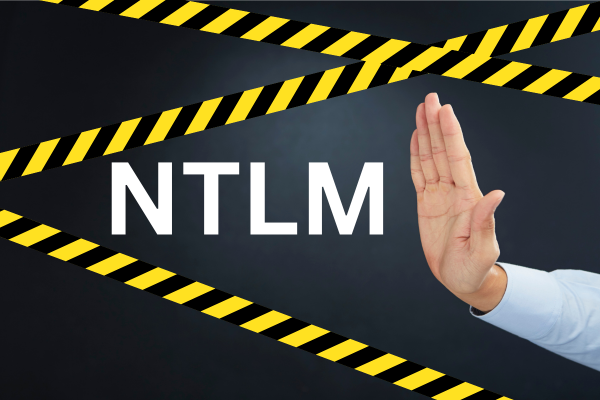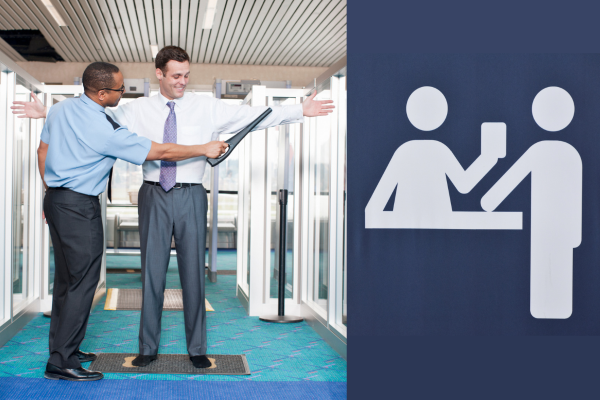As the leading authority in SMB protocol solutions, Visuality Systems is committed to staying at the forefront of SMB security. Nine key security measures have been introduced to strengthen protection against attacks and unauthorized access, and our solutions fully support these enhancements – ensuring robust, secure, and future-proof SMB implementations. Below, we summarize each change, detailing what it is, the before and after, and its impact on security.
In addition to the individual episodes listed below, we’ve also packed all nine tutorials into one comprehensive video, embedded here for your convenience.
1. SMB Signing Required by Default
What is it? SMB signing ensures that SMB messages are cryptographically signed to prevent tampering and man-in-the-middle attacks.
Before: SMB signing was optional and had to be explicitly enabled by administrators.
After: Windows now requires SMB signing by default, increasing data integrity and security.
🔗 Read the full article and watch the video tutorial.
2. SMB NTLM Blocking
What is it? New policies prevent SMB authentication using NTLM, an outdated protocol vulnerable to relay attacks.
Before: SMB allowed NTLM authentication, which attackers could exploit.
After: SMB now blocks NTLM by default, forcing clients to use stronger authentication methods like Kerberos.
🔗 Read the full article and watch the video tutorial.
3. SMB Insecure Guest Authentication Now Off by Default
What is it? Guest authentication allows unauthenticated access to SMB shares, often leading to security risks.
Before: In Windows Pro editions, SMB guest access was enabled by default.
After: Windows now disables guest authentication, reducing unauthorized access risks.
🔗 Read the full article and watch the video tutorial.
4. SMB Dialect Management
What is it? SMB dialect management allows administrators to control which SMB protocol versions are allowed, reducing attack surfaces.
Before: SMB clients and servers could negotiate older, less secure SMB versions.
After: Administrators can now enforce only secure SMB dialects, eliminating legacy vulnerabilities.
🔗 Read the full article and watch the video tutorial.
5. SMB Client Encryption Mandate Now Supported
What is it? This feature allows SMB clients to require encrypted SMB connections, preventing unprotected data transmission.
Before: Encryption was only enforced by servers; clients had no control.
After: SMB clients can now mandate encryption, ensuring that all data exchanges are secure.
🔗 Read the full article and watch the video tutorial.
6. Remote Mailslots Deprecated and Disabled by Default
What is it? Remote Mailslots, a legacy IPC mechanism, has been deprecated due to security weaknesses.
Before: Mailslots were enabled by default, exposing systems to potential exploits.
After: They are now disabled by default, mitigating security risks from legacy protocols.
🔗 Read the full article and watch the video tutorial.
7. SMB over QUIC in Windows Server All Editions
What is it? SMB over QUIC provides encrypted, VPN-less SMB access over the internet,using TLS 1.3.
Before: SMB required VPNs or direct network exposure, increasing attack risks.
After: QUIC provides secure, tunnel-free remote file access with end-to-end encryption.
🔗 Read the full article and watch the video tutorial.
8. SMB over QUIC Client Access Control
What is it? This feature restricts which clients can connect to SMB over QUIC servers using allow- and block-lists.
Before: Any client with a trusted server certificate could connect.
After: Administrators can now enforce stricter client controls, reducing unauthorized access.
🔗 Read the full article and watch the video tutorial.
9. SMB Alternative Ports
What is it? SMB now supports alternative ports beyond the traditional TCP 445, improving network security and flexibility.
Before: SMB connections were limited to fixed, well-known ports, making them easier targets.
After: Administrators can now configure alternative ports for SMB over TCP, QUIC, or RDMA, enhancing security.
🔗 Read the full article and watch the video tutorial.
Why These Measures Matter
Applying all these security enhancements is critical to protecting sensitive data, preventing attacks, and ensuring compliance with modern security standards. At Visuality Systems, we align our SMB solutions with Microsoft’s latest security initiatives, ensuring robust protection and seamless integration.
Need guidance on implementing these measures? Contact us for consultation, support, or a trial of our SMB solutions.
Raphael Barki, Head of Marketing, Visuality Systems














